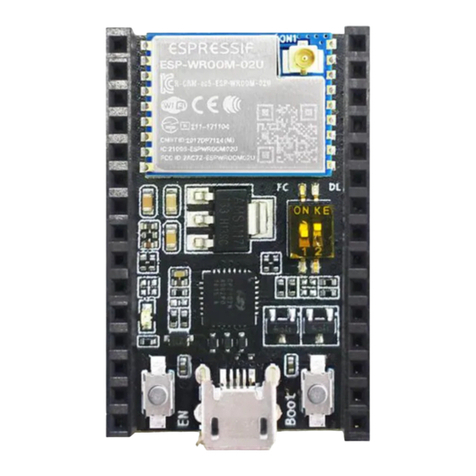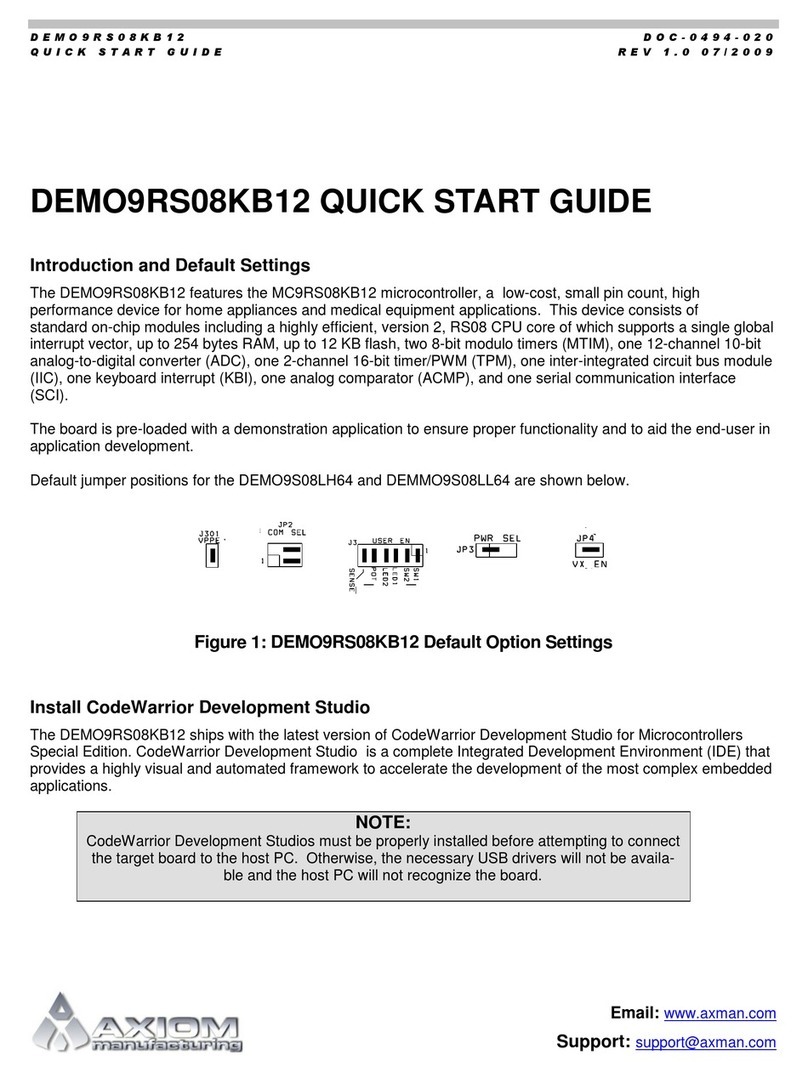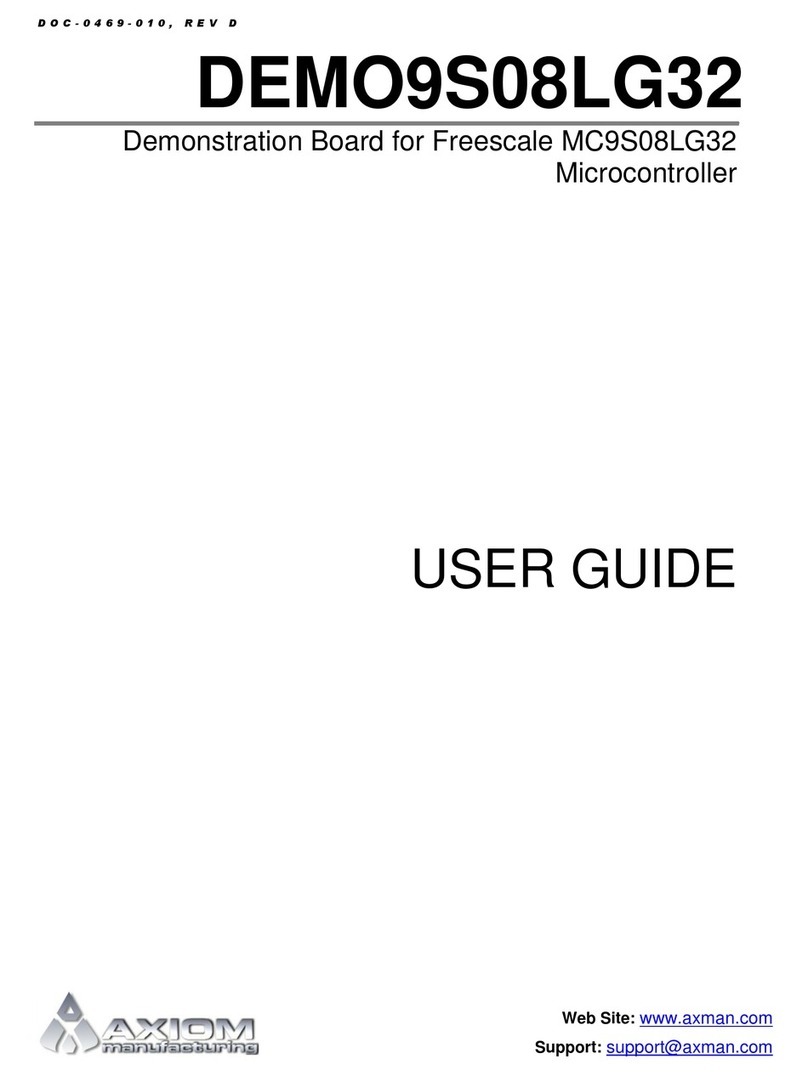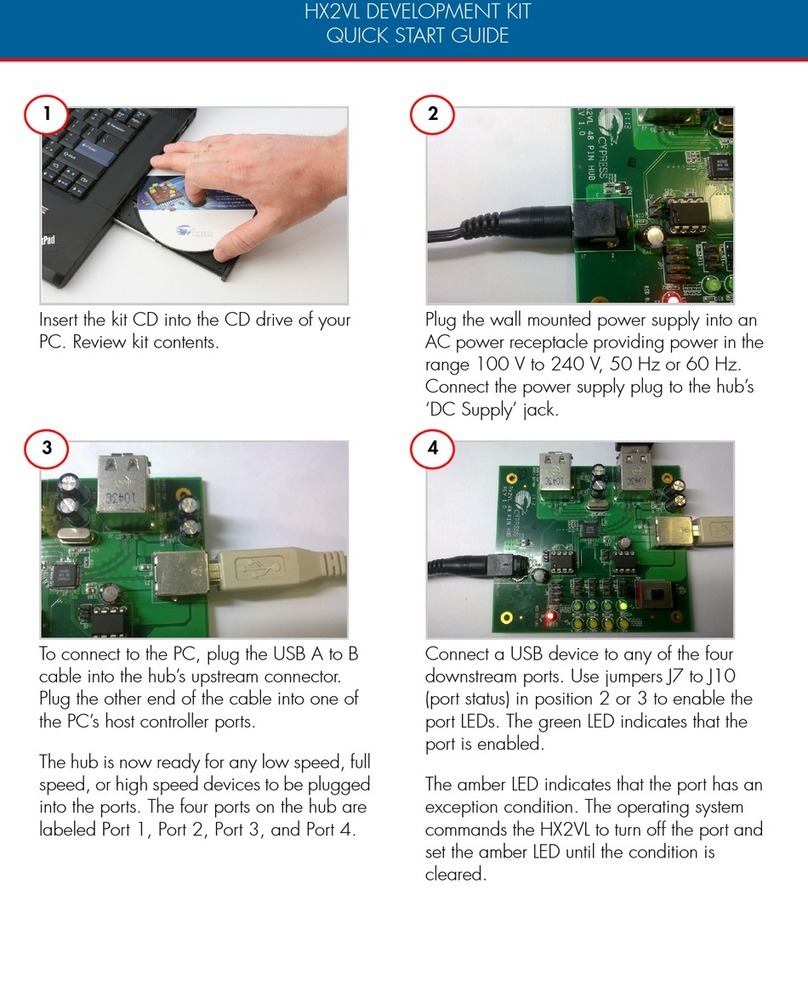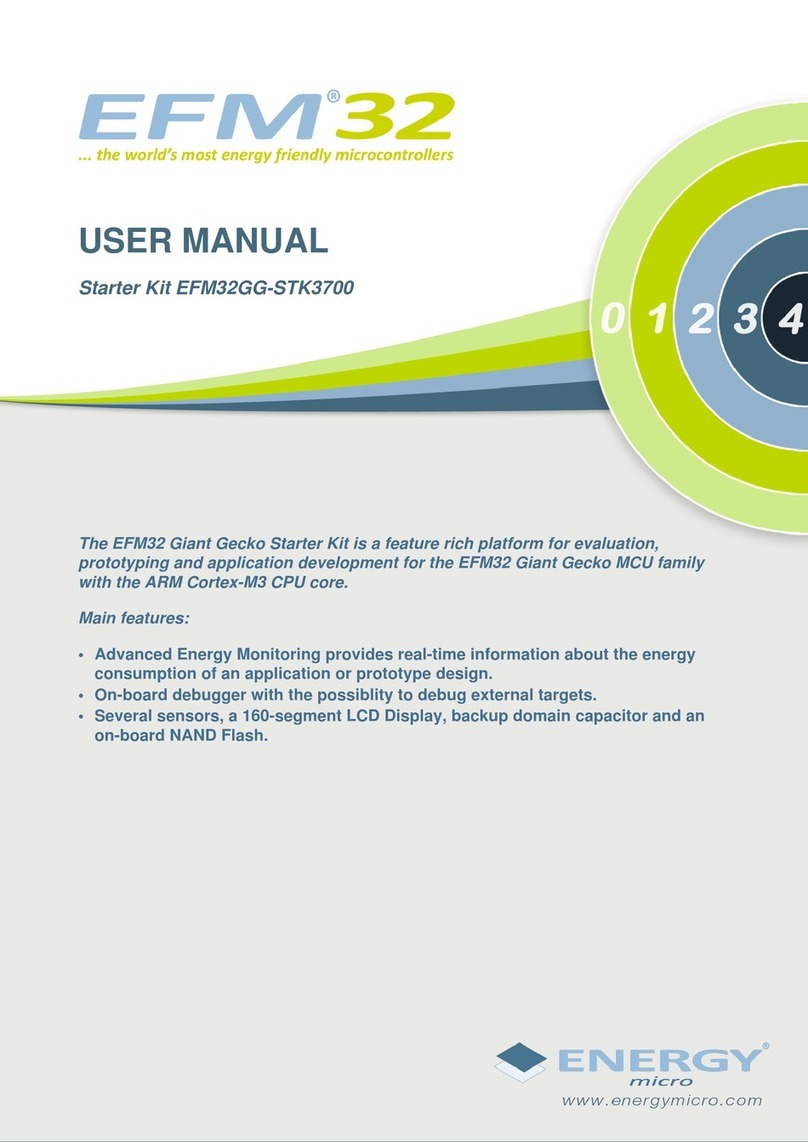
CML-5485 USER MANUAL V1.0 06/22/05
1
CONTENTS
CAUTIONARY NOTES...........................................................................................................................................................3
TERMINOLOGY......................................................................................................................................................................3
FEATURES................................................................................................................................................................................4
GETTING STARTED...............................................................................................................................................................5
SOFTWARE DEVELOPMENT.......................................................................................................................................................5
REFERENCE DOCUMENTATION .................................................................................................................................................5
CML-5485 STARTUP................................................................................................................................................................6
CML-5485 HARDWARE CONFIGURATION AND OPTIONS.........................................................................................6
POWER SUPPLY ...................................................................................................................................................................7
RESET AND RESET_SW........................................................................................................................................................7
INDICATORS.........................................................................................................................................................................7
ABORT SWITCH......................................................................................................................................................................7
SYSTEM CLOCK...................................................................................................................................................................8
MEMORY...............................................................................................................................................................................8
COMMUNICATION PERIPHERALS...................................................................................................................................8
CML-5485 PORTS AND CONNECTORS .............................................................................................................................8
PWR - POWER JACK.................................................................................................................................................................8
COM1 AND COM2 PORTS.......................................................................................................................................................9
COM PORT OPTIONS........................................................................................................................................................9
CAN PORT .............................................................................................................................................................................10
J4 AND J5 ETHERNET PORTS...............................................................................................................................................10
MCU_PORT..........................................................................................................................................................................11
BUS_PORT...........................................................................................................................................................................12
ADDRESS_PORT.................................................................................................................................................................13
BDM_PORT..........................................................................................................................................................................13
J1 PCI PORT...........................................................................................................................................................................14
TROUBLESHOOTING ............................................................................................................................................................16
DBUG MONITOR OPERATION..........................................................................................................................................17
DBUG COMMUNICATION:......................................................................................................................................................17
DBUG SYSTEM INITIALIZATION.............................................................................................................................................17
Interrupt Service Support ..................................................................................................................................................17
DBUG MEMORY MAP ............................................................................................................................................................18
DBUG COMMANDS ................................................................................................................................................................19
dBUG Command Table .....................................................................................................................................................19
DBUG ETHERNET SUPPORT ...................................................................................................................................................20
Configuring dBUG Network Parameters ..........................................................................................................................21
APPENDIX 1: DBUG COMMAND SET..............................................................................................................................22
ASM - ASSEMBLER...............................................................................................................................................................22
BC - BLOCK COMPARE...........................................................................................................................................................23
BF - BLOCK FILL....................................................................................................................................................................23
BM - BLOCK MOVE................................................................................................................................................................24
BR - BREAKPOINTS ................................................................................................................................................................24
BS - BLOCK SEARCH..............................................................................................................................................................25
DC - DATA CONVERSION .......................................................................................................................................................26
DI - DISASSEMBLE .................................................................................................................................................................26
DL - DOWNLOAD CONSOLE ...................................................................................................................................................27
DLDBUG – DOWNLOAD DBUG (UPDATE)............................................................................................................................28
DN - DOWNLOAD NETWORK..................................................................................................................................................28
FL – FLASH LOAD OR ERASE .................................................................................................................................................29
GO – EXECUTE USER CODE ....................................................................................................................................................30

